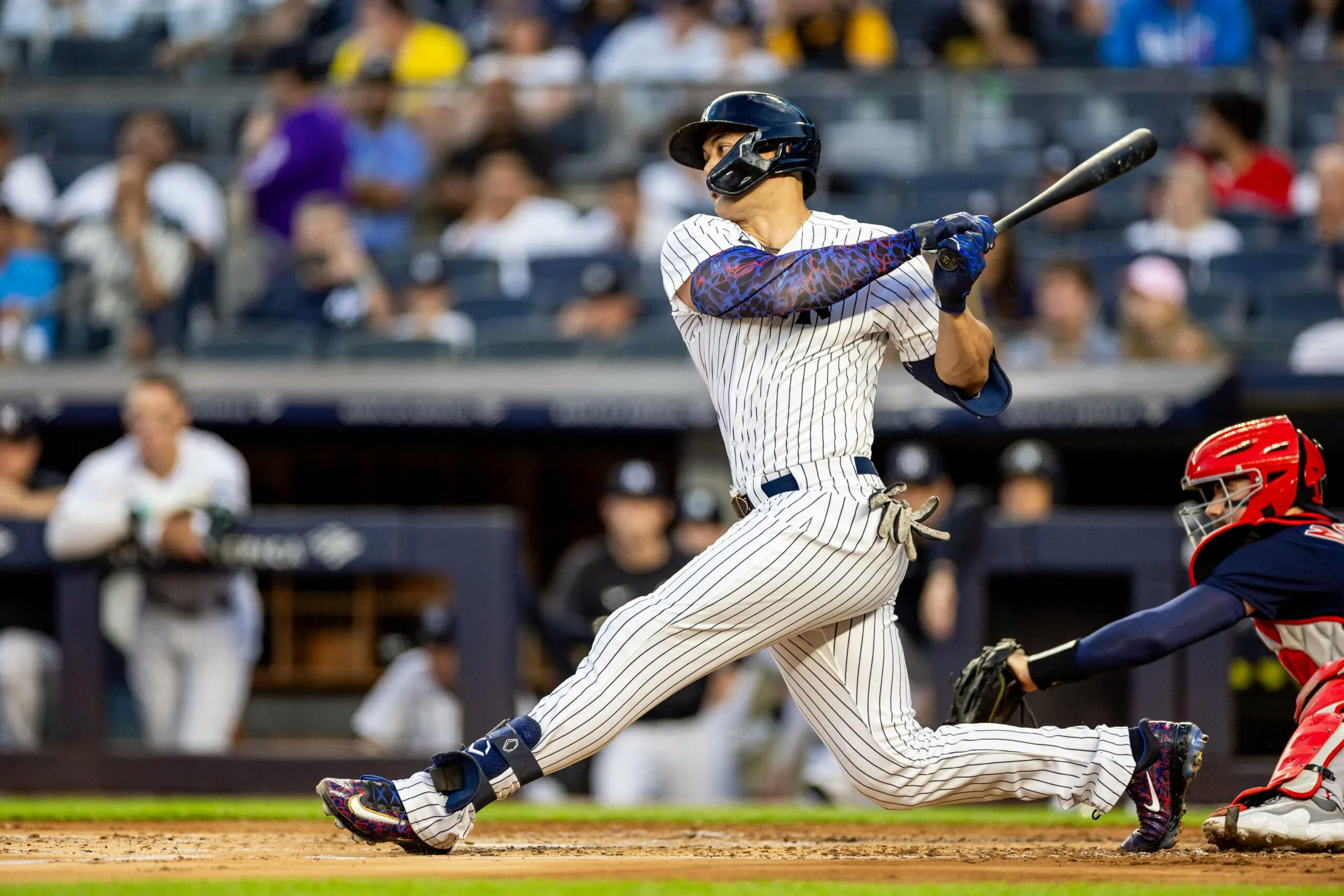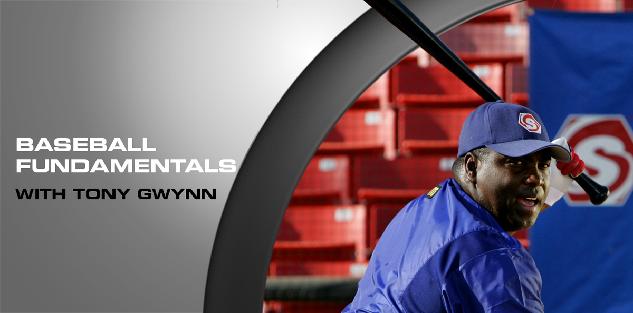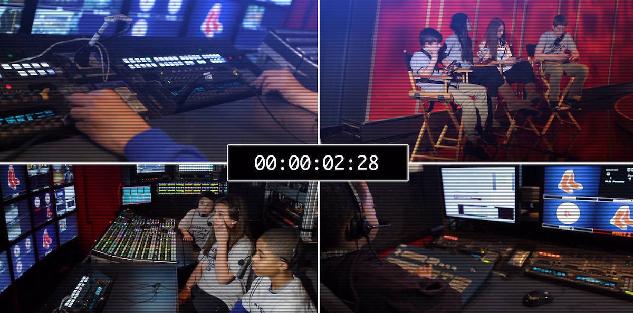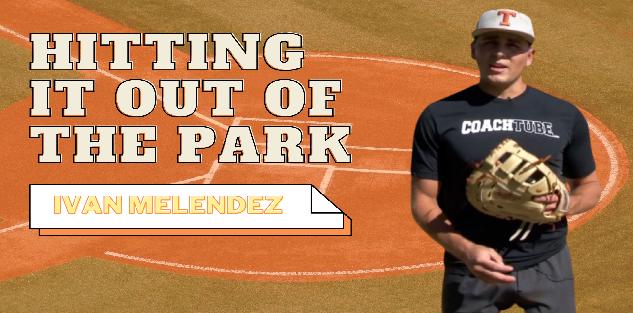Featured courses
- Understanding The Shift by Brandon Ogle
- Two Drills to Improve Outfield Movement and Communication by Grant Young
- The Ultimate Resource For Coaching Youth Baseball by Jackson Chlebowy
- Become a Master at Bunting by Brandon Ogle
- 5 Reasons Why There Is More To Good Base Running Than Just Speed by Brandon Ogle
- Three Injury-Prevention Tips For Your Offseason Pitching Program by Grant Young
- How to Teach Hitting to the Next Generation by Grant Young
- Developing Defensive-Minded Baseball Catchers by Grant Young
- 3 Baserunning Tips to Score More Runs in Baseball by Grant Young
- 5 Outfield Drills to Work on in Season by Alec Burris
- Keys For Scoring More With Runners on First and Third Base by Grant Young
- How to Develop Your Game to Become a Five-Tool Player by Brandon Ogle
- 3 Coaches Share the Keys to Running Baseball Practice the Right Way by Grant Young
- Four Drills to Sharpen a Baseball Hitter’s Vision at the Plate by Grant Young
- Four Quotes to Hit Better With Two-Strikes by Grant Young
- Four of Former MLB Pitcher Juan Nieves’ Movement-Based Pitching Drills by Grant Young
- Two Tips For Developing an Elite Baseball Bullpen by Grant Young
- Overcoming the Four Challenges of Indoor Baseball Practices Because of Weather by Grant Young
- Three Tips to Make Your Baseball Team Mentally Tougher by Grant Young
- Three Priceless Philosophies to Motivate Your Baseball Team by Grant Young
- Three Offseason Baseball Drills to Simulate Competition by Grant Young
- Three Baseball Offseason Strength and Conditioning Essentials by Grant Young
- Important Ways to Improve Your Baseball Team’s Baserunning by Grant Young
- Three Ways to Perfect Hitting Mechanics From an MLB Icon by Grant Young
- Catchers can influence pitchers...for bad or good by Drew Johnson
- Throwing Strikes and Playing Good Defense Equals Wins by Jose Ortiz
- Legendary Indiana Head Baseball Coach Bob Morgan’s Offensive Theory by Grant Young
- Tennessee Head Baseball Coach Tony Vitello on How to Practice Baserunning by Grant Young
- Three Great T-Ball Drills For Youth Baseball Players by Grant Young
- How to Manage a Baseball Pitching Staff by Grant Young
- Three Uncommon Tips to Become a Better Hitter by Grant Young
- How a Baseball Coach Can Develop Strike Throwers by Grant Young
- Drills to Develop Elite Baseball Outfielders by Grant Young
- Baseball Training Exercises to Strengthen Arm and Bat Speed by Grant Young
- How to Use Bunting to Score More Runs by Grant Young
- How To Build An Elite Baseball Infielder by Grant Young
- Three Drills to Improve Your Baseball Team's Infield Play by Grant Young
- Three Keys to Curating a Pitching Staff’s Success by Grant Young
- 3 Techniques to Develop a Baseball Player’s Hitting Approach by Grant Young
- How to Cultivate Confidence Within Your Pitchers by Grant Young
- 5 Every Day Drills To Help You Become A Better Catcher by tyler Linderman
- How to Throw A Curveball by Brandon Ogle
- How to Assemble a Lock-Down Bullpen by Brandon Ogle
- How to Throw a Sinker by Brandon Ogle
- How to be a Smart Baserunner by Brandon Ogle
- Improving a player's slugging average by Phillip Woolgar
- The 8 Fundamentals of Pitching by Drew Johnson
- How to Throw a Deceiving Changeup by Brandon Ogle
- Step Up Your Outfield Defense With These Three Drills by Jose Ortiz
- 8 Baseball Drills Every Player Should Practice by Drew Johnson
- How To Become An Elite Defensive Outfielder by Tyler Linderman
- 5 Tips For Crushing A Curveball by Johnny Grassi
- LEGENDS FOR YOUTH INCLUSION BASEBALL CLINIC by Phil
- Fourteen Ways To Turn A .300 Hitter Into A .210 Hitter by Jay P. Granat, Ph.D.
- How To Become The Ideal Leadoff Man by Brandon Ogle

Baseball Training Exercises to Strengthen Arm and Bat Speed
- By Grant Young
Although much of success in baseball comes down to natural talent, any player who wants to improve can maximize their natural ability on the field by working hard. Yet, players can only take so many swings or throw so many pitches before their body begins to fatigue.
Therefore coaches must come up with ways to help strengthen their arms to perform for longer periods. And these types of drills also contain another benefit: they will increase their players’ arm and bat speed, which will make players more powerful, more intimidating, and more appealing to prospective scouts.
But coaches need to be careful in prescribing arm strengthening drills to their baseball players because doing too much of an exercise (or doing that exercise the wrong way) can cause injury, and have the opposite effect that arm and bat speed strengthening training is meant to have.
Luckily, there are coaches like Steve Zawrotny around, who can set coaches and players alike on the right path.
Coach Zawrotny is one of just a handful of individuals with experience as an NCAA Division 1 pitcher and coach with the CSCS credential. His baseball and softball-specific training programs combine solid clinical research and Steve's 30 years of playing, coaching, & training.
Coach Zawrotny’s ‘Arm and Bat Speed Training’ course will give you precise and well-research exercises that you can implement to any baseball player’s training regimen, in order to get them throwing and hitting as far as their genetics will allow.
We’ve pulled some of our favorite methods that Coach Zawrotny teaches, so you can get a taste of what his exercises can do for your players.
Medicine Ball Drill
“Using a medicine ball is really going to help us develop explosive power. And we’re going to develop this power from the ground up.”
Coach Zawrotny’s extensive studies into sport-specific strength training taught him that no muscle group is more important for developing (and sustaining) athletic and explosive movements than the core.
Therefore, Coach Zawrotny provides a series of medicine ball drills that are catered toward increasing core strength, which will be a massive benefit for hitters, pitchers, and any other type of athlete.
The first Drill Coach Zawrotny mentions is the medicine ball chest pass. For this drill, players will need an eight-, ten-, or twelve-ounce medicine ball, a wall or wall-like surface, and something to pad their knees, because they will be on both knees. Once the player gets on their knees, they will face the wall they’ve chosen directly, about five feet away from it. They will then bring the ball up to chest height and make 15-20 throws at the wall with the medicine ball.
It’s important in this drill that the player isn’t sitting back on their heels, and is instead in as upright of a position as possible. This is crucial because doing so will make it so the core is responsible for the movement, rather than the shoulders.
After a set or two of this, the player can then stand up and do the same thing while standing. The player will know they’re doing the drill correctly if they are feeling a burn in their core by the time they stand up. If they’re feeling more of a burn in their shoulders, the medicine ball they’re using is too heavy.
Arm Curls
Many people think that arm curls are solely for aesthetic benefit, and have no place in an athlete’s strength training regimen. But Coach Zawrotny proves that this isn’t the case.
Yet, Coach Zawrotny doesn’t think that bicep curls specifically are beneficial for the athlete. But he’s a big fan of any sort of curl that strengthens the forearm or helps to increase grip strength.
The best arm curl that Coach Zawrotny prescribed for baseball players of all positions is one where the player is sitting on a bench, with their knees in front of them. From there, the player will want to grab a barbell.
The player will then grip the barbell with their palms either facing upward or downward and their wrists over their knees. From there, the player will simply flex the barbell upwards (or downwards, depending on their grip) 25 times per set, for three sets.
Grip strength is imperative for hitters especially, because they can’t drive the ball if they don’t have a firm grip on the bat when making contact. And the same goes with forearms; although forearm strength is also important for pitchers as well, because having muscle in that area helps protect it from other internal injury.
Goodmornings
One of the best leg strengthening exercises that doesn’t require any weight is goodmornings.
This exercise is straightforward. A player will either start with a barbell resting on their shoulders or with no weight and have their feet at shoulder width. From there, they will keep their chest open, tuck their lower back, and drop down, so that their upper body is parallel with the floor.
From there, the player will then raise themselves, while taking caution to use their hamstrings to lift themselves, rather than their backs. This is of the utmost importance because it’s easy for a player going through the motions to use their lower back to raise themselves, which could cause injury.
While this drill might sound easy, any player who is doing it correctly will experience a ton of soreness in their hamstrings in the ensuing days; if they did the exercise correctly, of course.
These three drills that Coach Zawrotny emphasizes are for three different body parts, proving that it takes the whole body to maximize one’s arm and bat speed strength. But even the weakest players can see their power and velocity stats increase if they commit to Coach Zawrotny’s training routine.



